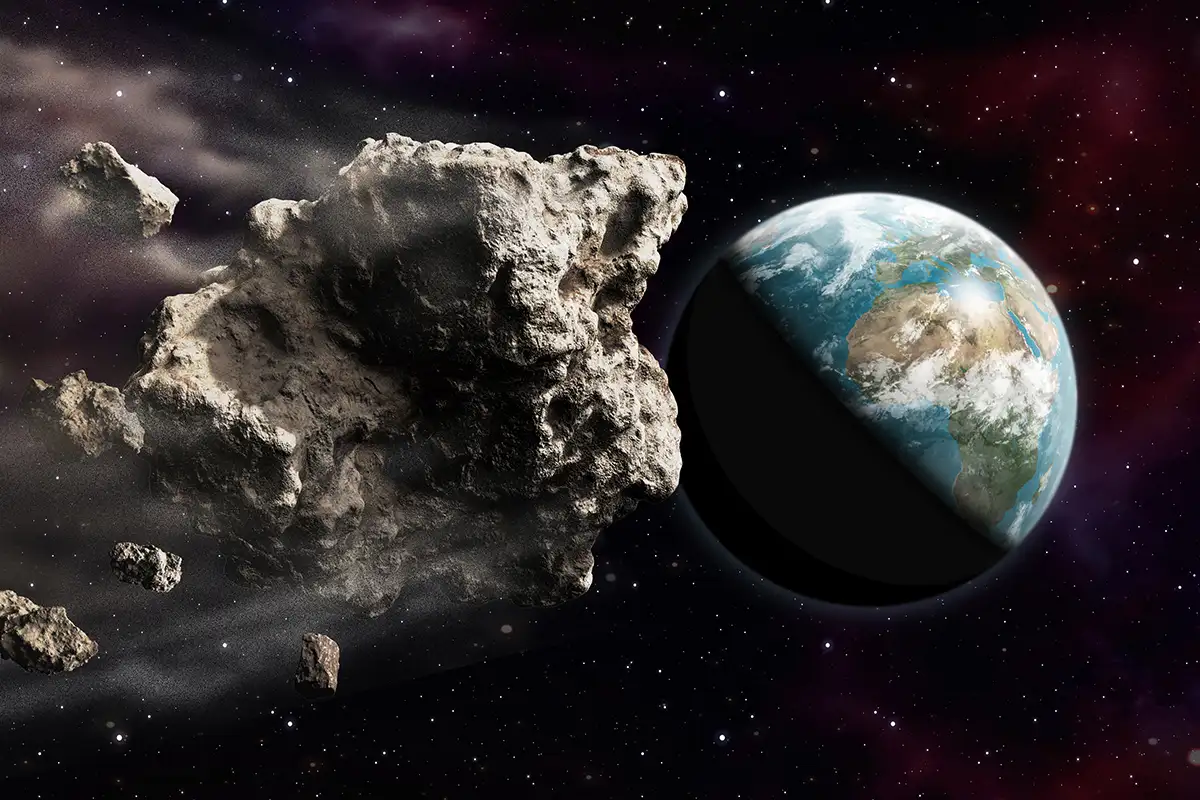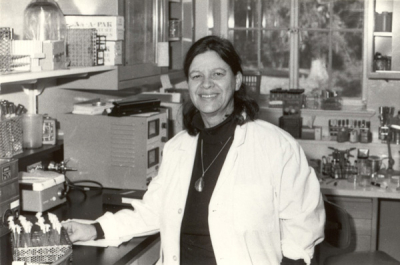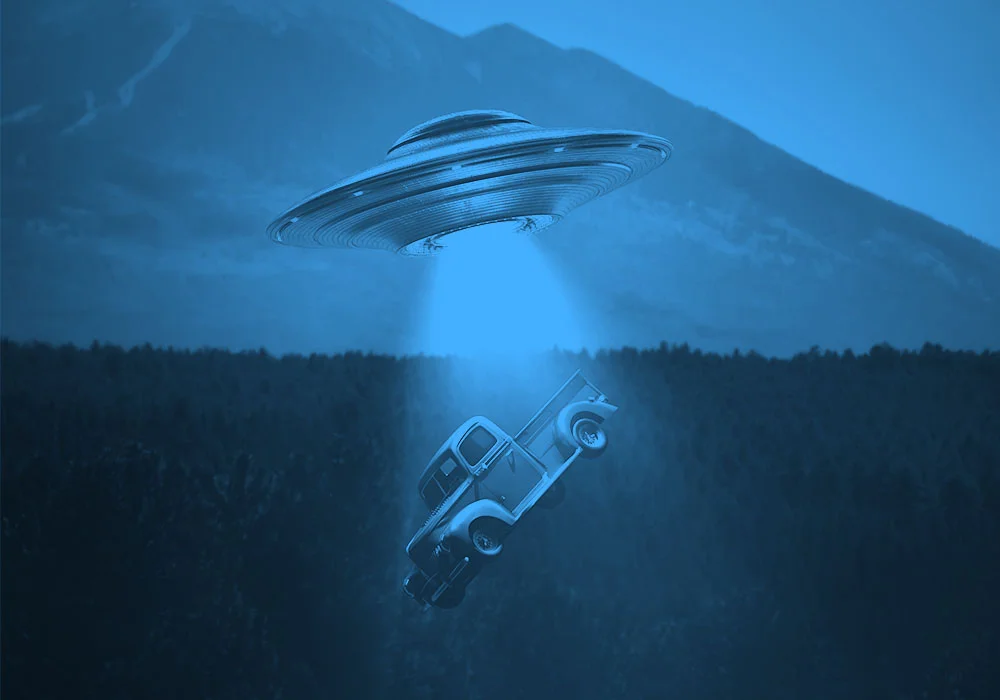What are the sci-fi novels that successfully predicted the future and inspired the technology?

The fundamental principle or foundation of science fiction (sci-fi) as a genre is to imagine possible futures or alternative presents. The possibility of using fiction to anticipate or inspire the future is what makes reading or writing sci-fi an "essential training" to prepare oneself for what the future might hold. Lets us look at some of the sci-fi novels that successfully predicted the future and inspired the technology we are familiar with today.
The modern electric submarine
Dutch inventor Cornelius Drebbel was the inventor of the first submersible vessel that could remain underwater for a certain period. However, it could only be operated for short distances. Built in 1897 by American mechanical engineer and naval architect Simon Lake, the Argonaut was the first submarine that could perform extensive open-sea operations and salvage cargo from sunken vessels. In his autobiography titled Submarine, the inventor said that the French novelist and sci-fi pioneer Jules Verne's ‘Twenty Thousand Leagues under’ the Sea was the inspiration behind the vessel.
"Jules Verne was in a sense the director-general of my life," Lake's autobiography, ‘Submarine’, quotes him as saying. "When I was not more than ten or eleven years old, I read his ‘Twenty Thousand Leagues under the Sea’, and my young imagination was fired."
Google Earth and cryptocurrency
American author Neal Stephenson coined the term Metaverse in his 1992 sci-fi novel ‘Snow Crash’, to describe a three-dimensional virtual space or platform where humans, as programmable avatars, interacted with each other. This novel has been a source of inspiration for many innovators and inventors in various fields.
The virtual reality depiction of the Metaverse in ‘Snow Crash’ is often cited as a source of inspiration for Google Earth, which allows users to explore the world in 3D using satellite imagery.
Mimicking the real world, the economy of Stephenson's Metaverse was based on a virtual currency called "Quatloos". This concept is said to have inspired the development of various cryptocurrencies such as Bitcoin.
Solar power
‘Sultana's Dream’ is a science fiction novella written by Bengali author Rokeya Sakhawat Hossain in 1905, which presents a gender-reversed society where women are in charge and men are confined to the domestic sphere. An ecological invention that was inspired by the themes and ideas presented in this novel was solar-powered houses. In ‘Sultana's Dream’, the city of Ladyland is powered entirely by solar energy. which is used to heat homes, cook food, and provide light. This novel was one of the earliest works that imagined using renewable energy to promote sustainable growth of the community, without harming the planet.
It is one of the earliest examples of feminist sci-fi, a genre that explores the role of gender in society. The novella has inspired many works of feminist science fiction, including Octavia Butlers ‘Parable of the Sower’. This novella not only helped spark conversations about gender roles and women's empowerment in South Asia and beyond, but also served as the inspiration behind noted Bangladeshi filmmaker Rubaiyat Hossain's 2022 mentorship project called Sultana's Dream, for aspiring female directors.
In ear-devices like wireless earbuds
The growing popularity of wireless Bluetooth earbuds in recent years has led many researchers to speculate that the idea for this portable audio device was inspired by a gadget called "seashells" in Ray Bradbury's ‘Fahrenheit 451’. In the 1953 novel by the American writer, seashells are small electronic devices that fit in the ear and play recorded music or other audio content. They are described as being "no larger than a kernel of maize" and having a "thimble-sized" speaker that fits comfortably in the ears.
Although one might argue that Bradbury's "seashells” are more like tiny radios, than wireless earphones, it does not change the fact that the author imagined them before the advent of the first stereo headphones (1958).
The Moon landing
The French novelist Jules Verne's novel ‘From the Earth to the Moon’ published in 1865, is often cited as an early inspiration for the idea of space travel and space exploration. While it is not known for certain whether Verne's work directly inspired the Moon landing, his vivid descriptions of a manned mission to the Moon in a projectile fired from a giant cannon helped to popularise the idea of space travel and may have indirectly contributed to the development of the technologies that eventually made the moon landing possible.
There are many uncanny similarities between the technical aspects of Verne's narration and the actual lunar landing that was accomplished in 1969 through the Apollo 11 mission. For example, the dimensions of Verne's (fictional) capsule and the one used for Apollo 11's mission were startlingly close. Verne's projectile was launched from Florida, where all the Apollo missions were launched. The book even gave a calculated estimate of the time it should take to reach the Moon as 97 hours and 13 minutes which was pretty close as the Apollo spacecraft took 103 hours and 30 minutes to reach the celestial body.
Picture Credit : Google











